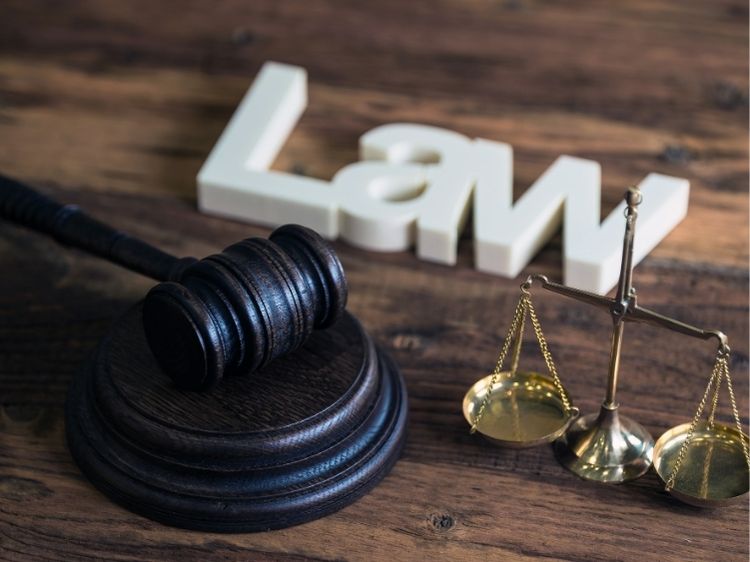Ever bought a product that didn’t work as promised or, worse, caused harm? Well, that’s where product liability cases come into play. When consumers are injured or affected by defective or harmful products, they have the right to hold manufacturers, distributors, or retailers accountable. These cases are more common than you think, and understanding them is key for anyone who buys or sells products. In this article, we’ll break down the ins and outs of product liability cases—what they are, why they happen, and how they can affect both businesses and consumers.
What Are Product Liability Cases?
Product liability refers to the legal responsibility of manufacturers and sellers for producing or selling a faulty product. Simply put, if a product causes harm due to a defect or flaw, the parties involved in bringing that product to market could be held liable.
In most product liability cases, there are three common types of defects:
- Design Defects: These occur when a product is inherently dangerous due to its design, even before it’s manufactured.
- Manufacturing Defects: These happen when the product is properly designed but an error occurs during the manufacturing process, making it dangerous.
- Marketing Defects: This includes inadequate warnings or instructions that fail to properly inform users about potential dangers.
Each type of defect can result in serious consequences, leading to lawsuits that aim to recover damages for those affected.
Key Elements of a Product Liability Case
To succeed in a product liability lawsuit, the plaintiff typically has to prove the following:
- The product was defective.
- The defect caused an injury.
- The injury resulted in damages (medical bills, lost wages, etc.).
- The product was being used as intended.
The burden of proof lies with the plaintiff, meaning they need to establish that the product was faulty and that the fault directly caused the injury. A thorough investigation into the nature of the defect and the circumstances surrounding the injury is essential.
Common Examples of Product Liability Cases
Over the years, numerous product liability cases have gained media attention due to their impact. Let’s look at a few examples:
- Automotive Defects: Faulty airbags or brake systems can lead to accidents, causing injury or death.
- Pharmaceutical Cases: Medications that have unforeseen side effects or were improperly tested can cause serious health issues.
- Toys and Electronics: Unsafe children’s toys or malfunctioning electronics that lead to burns or other injuries.
These examples highlight just how diverse product liability cases can be, spanning across multiple industries.
How Are Product Liability Cases Defended?
Defendants in product liability cases—usually manufacturers, distributors, or retailers—often present various defenses, such as:
- Assumption of Risk: The defendant may argue that the plaintiff knew the product was dangerous and willingly took the risk.
- Product Misuse: The defense may claim that the product was not used as intended, leading to the injury.
- Statute of Limitations: There’s a limited time frame in which you can file a lawsuit, and if that window has passed, the case can be dismissed.
Why Are Product Liability Cases Important?
At first glance, product liability cases may seem like a hassle for businesses, but they’re vital for consumer protection. Holding companies accountable ensures that products are safe for public use, encouraging better business practices and maintaining high standards of quality control. For consumers, these cases provide a means to recover compensation for medical expenses, lost income, and other damages.
On the flip side, companies also have to stay vigilant. Failing to comply with safety regulations or ignoring potential product issues can lead to costly lawsuits, damaging both financial standing and reputation.
Steps to Take If You’re Involved in a Product Liability Case
If you’ve been harmed by a defective product, the first thing you should do is seek medical attention and document everything. Here’s a quick rundown of what you should do:
- Preserve Evidence: Keep the defective product, packaging, and any receipts or documentation.
- Document Injuries: Take photos and write down how the injury occurred.
- Consult a Lawyer: Reach out to a lawyer who specializes in product liability cases for guidance.
- File a Claim: Your attorney will help you file a lawsuit or negotiate with the company.
FAQs About Product Liability Cases
- What kind of damages can I recover in a product liability case?
In a product liability case, you can recover damages for medical expenses, lost wages, pain and suffering, and in some cases, punitive damages if the defendant acted recklessly. - Who can be held liable in a product liability case?
In most cases, the manufacturer, distributor, and retailer can all be held responsible. It depends on where the defect occurred and the product’s chain of distribution. - Do I need a lawyer for a product liability case?
Yes, it’s advisable to hire an experienced lawyer who can navigate the complexities of product liability law and help you gather the necessary evidence to support your claim. - How long do I have to file a product liability case?
This varies by state, but most states have a statute of limitations that ranges from two to six years after the injury occurs.
Conclusion
Product liability cases play a crucial role in holding companies accountable for their products, ensuring the safety of consumers, and upholding trust in the marketplace. Whether you’re a business owner or a consumer, understanding the intricacies of these cases can help you navigate the complexities of product liability law. At the end of the day, it’s about protecting the rights of the public while encouraging businesses to maintain high standards of safety and reliability.
For more information, check out these resources:
- https://www.consumerreports.org
- https://www.law.cornell.edu
- https://www.justia.com
- https://www.findlaw.com
